High-risk course report helps identify difficulties
In accordance with Eastern’s partnership with Noel-Levitz, the Committee on Retention Efforts has reported a list of courses that are deemed “high-risk.”
Karla Sanders, the co-chairwoman of CORE and executive director for the Center for Academic Support and Assessment, said Eastern uses the definition of a high-risk course that is used nationally for Supplemental Instruction.
“A high-risk course is any course in which 30 percent or more students earn a D, F, or withdraw from the course,” she said. “We have reported for departments so that they can determine courses where students could benefit from tutoring or other academic resources.”
According to CORE’s October 2012 newsletter, in Spring 2012, a total of 81 courses matched the high-risk course criteria.
The newsletter detailed the number of courses by level, and the committee found that 18 of the classes were general education classes and 21 of the 81 had fewer than 10 students enrolled.
Sanders said figuring out the numbers behind the high-risk courses will help professors figure out resources to help their students pass the classes.
“Students should expect to work hard academically, but we want to make students aware of the resources to help them succeed,” she said.
Students struggling in courses should talk to their professors if they feel lost in a course, Sanders said.
Jennifer Stringfellow, an assistant special education professor and a member of the committee, said the CORE committee is always looking to balance rigor with retention and recruitment.
“We want to get students and we want them to stay, but we also want our coursework to stay at a rigorous level,” she said. “What we’ve deemed high-risk courses are the courses where there’s a high percentage of Ds and Fs and those tend to be courses that freshmen and sophomore are taking.”
Stringfellow said reporting the courses has to do with the rigor and reputation of Eastern.
“We want students to know that Eastern is a viable option as a place for students to go for higher education,” she said.
Meeting with an instructor one-on-one is the first thing Stringfellow recommends for students struggling in these “high-risk” courses.
“We want students to keep their lines of communications open,” she said. “That’s the starting place.”
Faculty are also notified through the early alert system in Student Advising.
“We strongly encourage students to go seek out the help that is on the university campus,” she said. “It’s about not being content to be inconspicuous.”
Stringfellow said she thinks the whole process is part of the integrative learning that is pushed at Eastern.
“Faculty and staff are really striving to get to know their students as people,” she said. “This is part of that, because we’re trying to help those students who are struggling and may not feel very connected.”
The Noel-Levitz report lets the university know where the courses stand and what paths Eastern can take to help students, Stringfellow said.
“We want to identify early on those students who are struggling and the courses they’re struggling in,” she said. “We’re not trying to weed people out, but we need to maintain certain standards in the coursework we provide.”
Robyn Dexter can be reached at 581-2812 or redexter@eiu.edu.

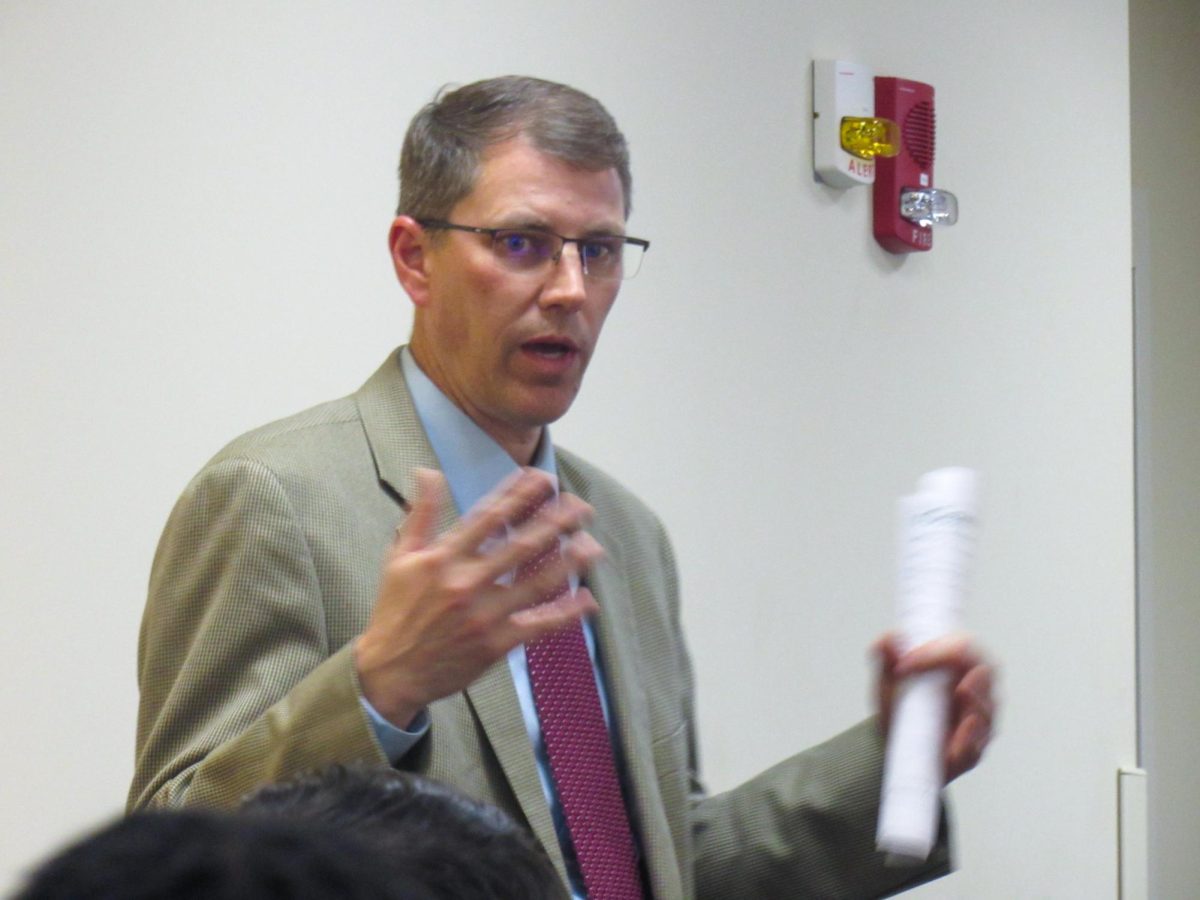
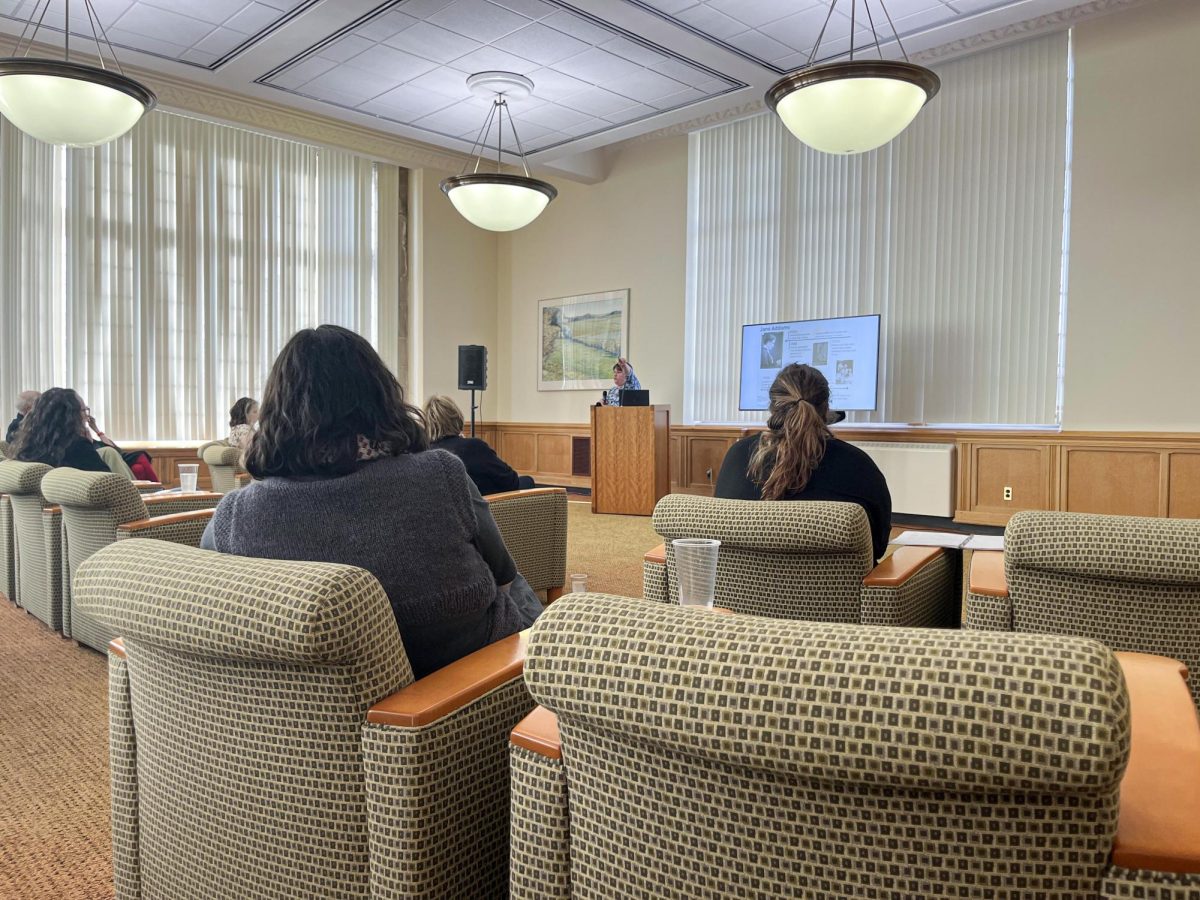


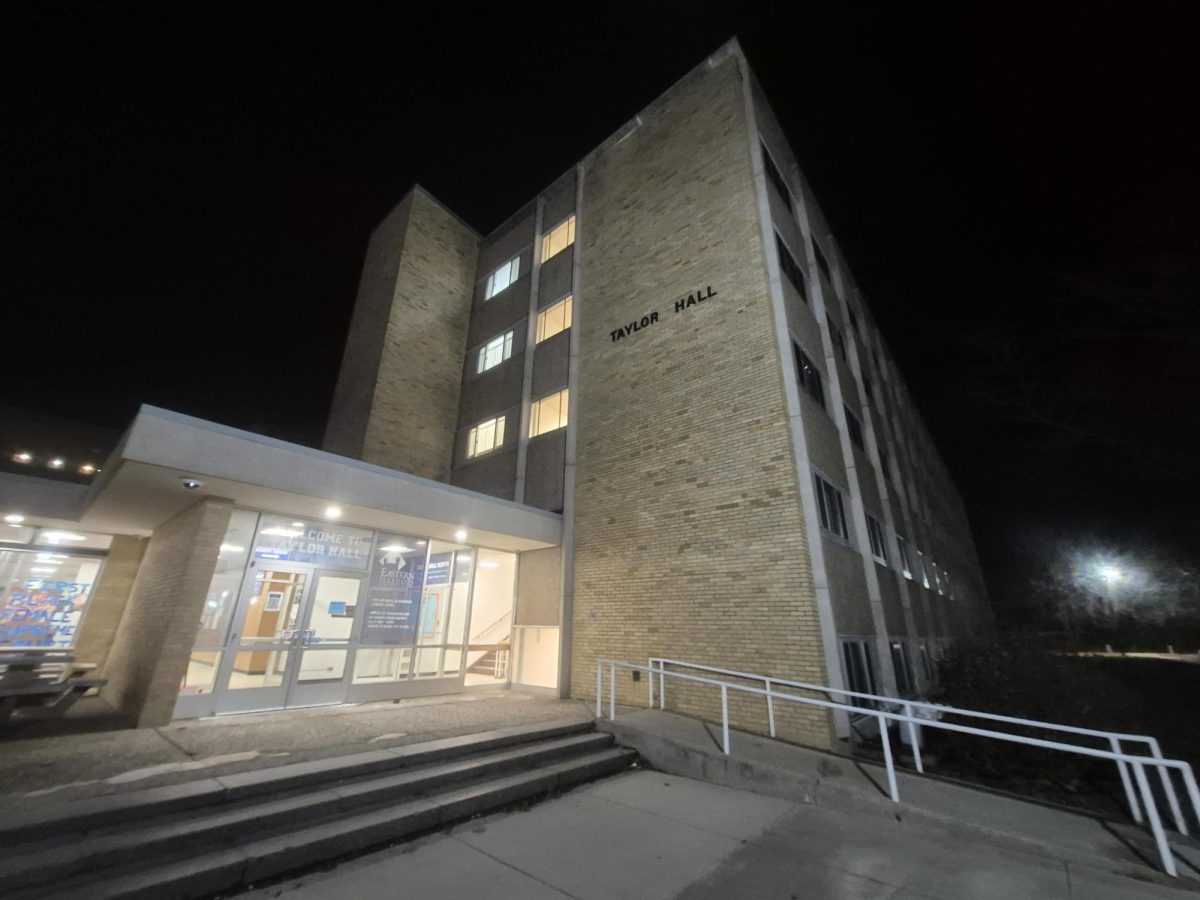



![[Thumbnail Edition] Eastern Illinois University baseball's hitting coach and recruiting coordinator Mike Pugliese urges players on the team to increase their effort after a slow start to its pregame routine at the team's first intrasquad scrimmage of the season at O'Brien Field on Jan. 31, 2025.](https://www.dailyeasternnews.com/wp-content/uploads/2025/03/BB_02_O-1-e1741909628540-1200x702.jpg)
![[Thumbnail Edition] Senior tennis player Luisa Renovales Salazar hits the tennis ball with her racket at the Darling Courts at the Eastern Illinois University campus in Charleston, ILL.](https://www.dailyeasternnews.com/wp-content/uploads/2025/03/Tennis_01_O-1-e1741807434552-1200x670.jpg)
![[Thumbnail Edition] Senior right-handed pitcher Tyler Conklin pitching in the Eastern Illinois University baseball team's intrasquad scrimmage at O'Brien Field in Charleston, Illinois on Jan. 31.](https://www.dailyeasternnews.com/wp-content/uploads/2025/03/TC_01_O-e1741567955534-1200x669.jpg)




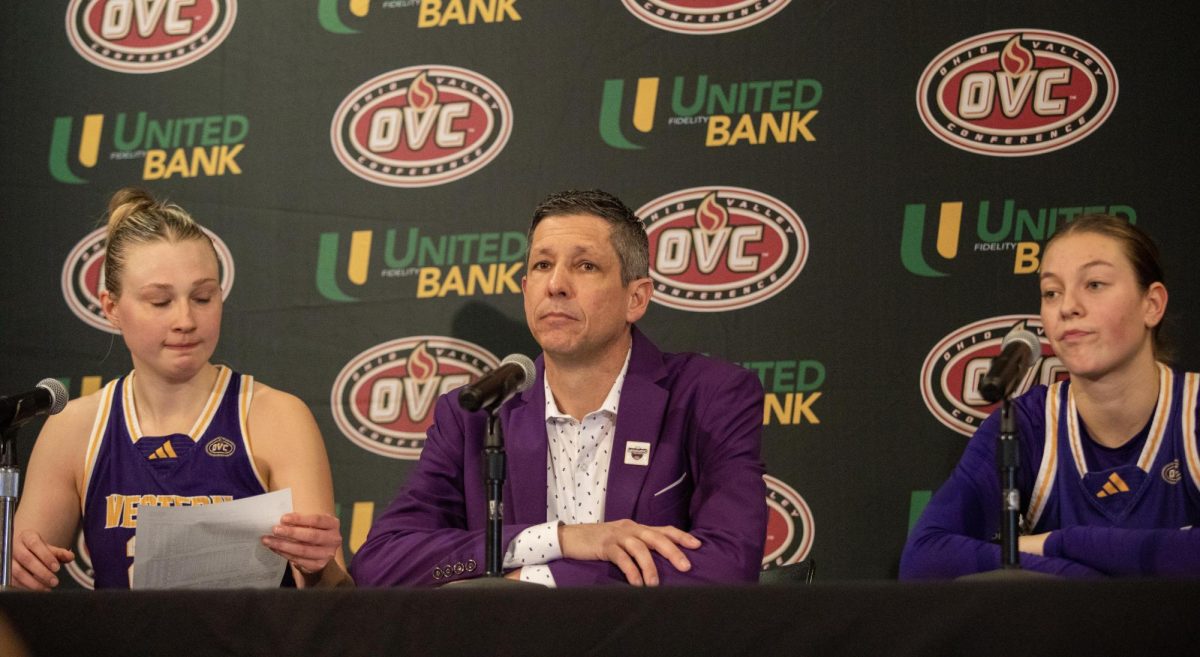
![[Thumbnail Edition] Senior, forward Macy McGlone finds an open teammate to pass the ball too during the game against the Tennessee State Tigers 69-49, in Groniger Arena on the Eastern Illinois University campus, Charleston Ill.](https://www.dailyeasternnews.com/wp-content/uploads/2025/03/WBB_02_O-1-e1741228987440-1200x692.jpg)


















![E[Thumbnail Edition] Eastern Illinois softball freshman utility player Abbi Hatton deciding to throw the softball to home plate in a fielding drill during softball practice at the field house in Groniger arena on Tuesday Feb. 11.](https://www.dailyeasternnews.com/wp-content/uploads/2025/03/SB_03_O-e1741208880750-1-e1741209739187-1200x815.jpg)

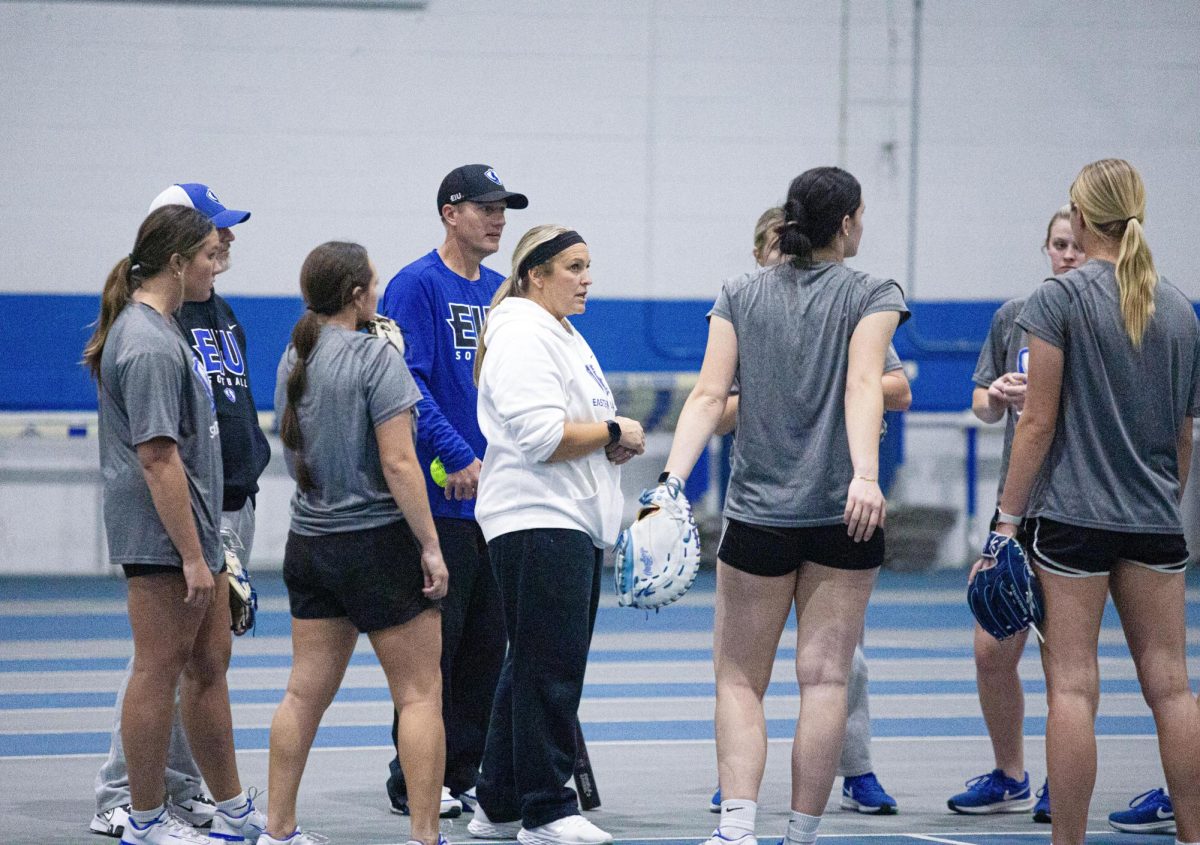













![The Weeklings lead guitarist John Merjave [Left] and guitarist Bob Burger [Right] perform "I Am the Walrus" at The Weeklings Beatles Bash concert in the Dvorak Concert Hall on Saturday.](https://www.dailyeasternnews.com/wp-content/uploads/2025/03/WL_01_O-1200x900.jpg)
![The team listens as its captain Patience Cox [Number 25] lectures to them about what's appropriate to talk about through practice during "The Wolves" on Thursday, March 6, in the Black Box Theatre in the Doudna Fine Arts Center in Charleston, Ill.](https://www.dailyeasternnews.com/wp-content/uploads/2025/03/WolvesPre-12-1200x800.jpg)
















